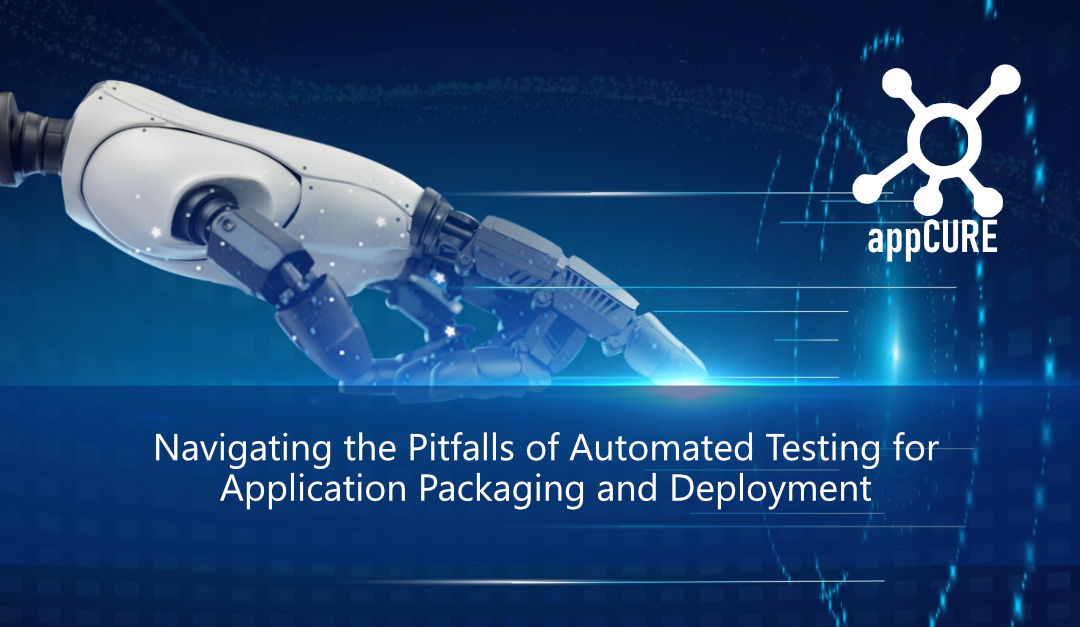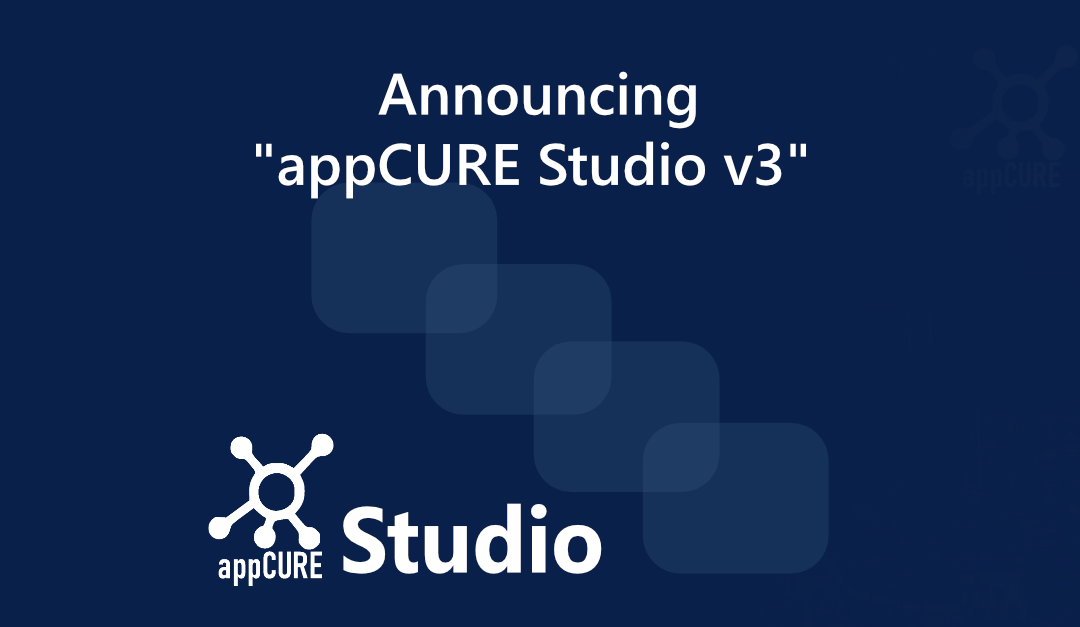
Navigating the Pitfalls of Automated Testing for Application Packaging and Deployment
The use of automated application packaging and smoke testing can be a valuable tool for ensuring the quality and stability of software applications. However, it is important to understand the limitations and challenges of these techniques before implementing them in a migration project. In this blog post, we will explore the reasons why automated application packaging and application smoke testing may not always be the best solution and highlight the challenges organisations should be aware of.
One of the key challenges of automated application packaging and smoke testing is the complexity of testing applications against databases. Databases can be complex systems, and testing the interaction between an application and a database can be difficult. Automating the functions of an application against a database highlights a number of risks, including database corruption or the entry of test data into a live system.
Another challenge of automated application packaging and smoke testing is that basic launch testing provides limited information on the successful function of an application. While automated testing can offer valuable insights into the basic functionality of an application, it cannot replace the human element of User Acceptance Testing (UAT). UAT is a critical part of a digital workspace migration project, as it allows end-users to test the application and provide feedback on its functionality and usability. Human testing is necessary to validate the user experience and ensure that the application and meets the end-user’s needs.
In addition to the complexity of testing against databases and the need for human UAT, automated application packaging and smoke testing require a significant investment of time and resources to set up and maintain. Automated testing tools and scripts need to be created and configured, which can be a time-consuming and complex process. Once the automated testing process is in place, it also needs to be maintained and updated regularly to ensure it remains effective and relevant. This ongoing maintenance effort can be a challenge for organisations with limited resources or experience with automated testing.
Moreover, using generic automated packaging processes and default configurations can distort the truth of an application’s testing success rate. Some applications may require bespoke packaging configurations, which can result in reports showing a lower success rate than an organisation would have with tailored configurations for each specific application.
Finally, it is important to consider the limitations of automated application packaging and smoke testing. Automated testing can only test what it has been programmed to test, and it cannot identify issues that are not part of the testing script. This means there is a risk that issues not covered by the testing script may go unnoticed. Additionally, automated testing is only as good as the data and logic it is built upon, so it is essential to validate the accuracy of the data used in the testing process.
In conclusion, automated application packaging and smoke testing are valuable techniques for ensuring the quality and stability of software applications. However, they are not always the best solution for every digital workspace migration and come with certain challenges and limitations that need to be considered. Organisations should carefully evaluate their specific needs and challenges before deciding whether automated application packaging and smoke testing are the best solution for them.

